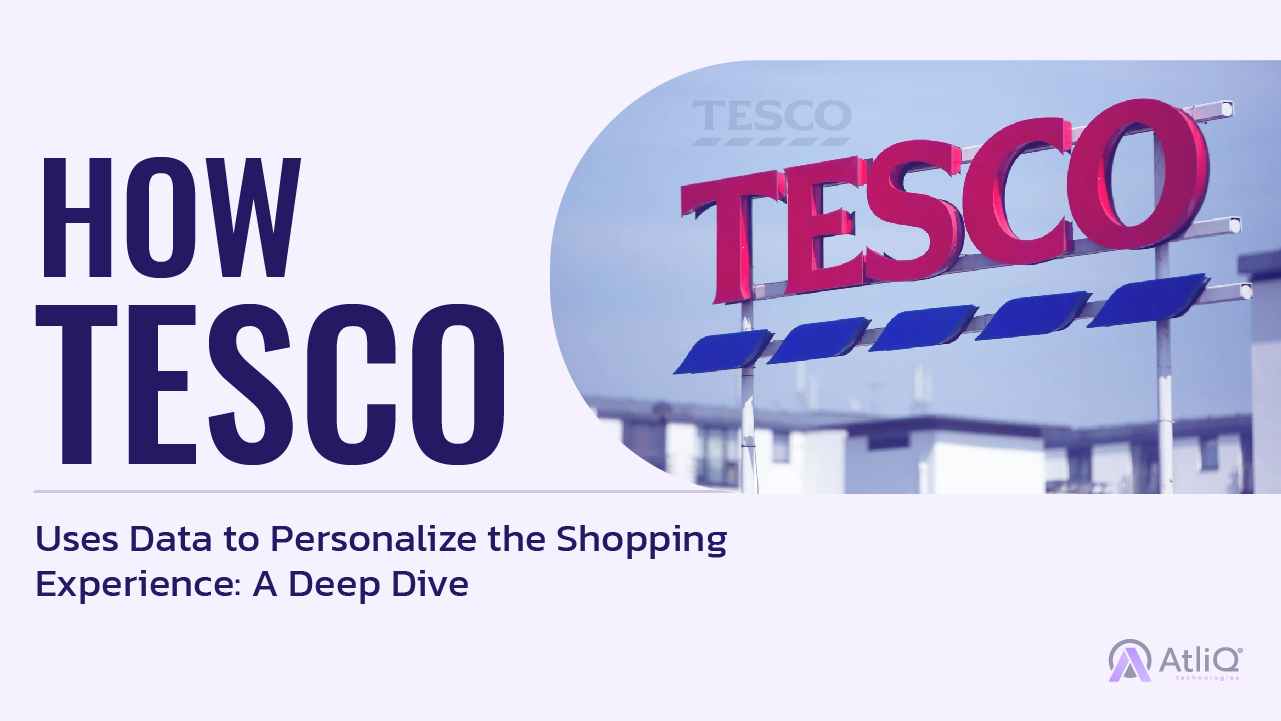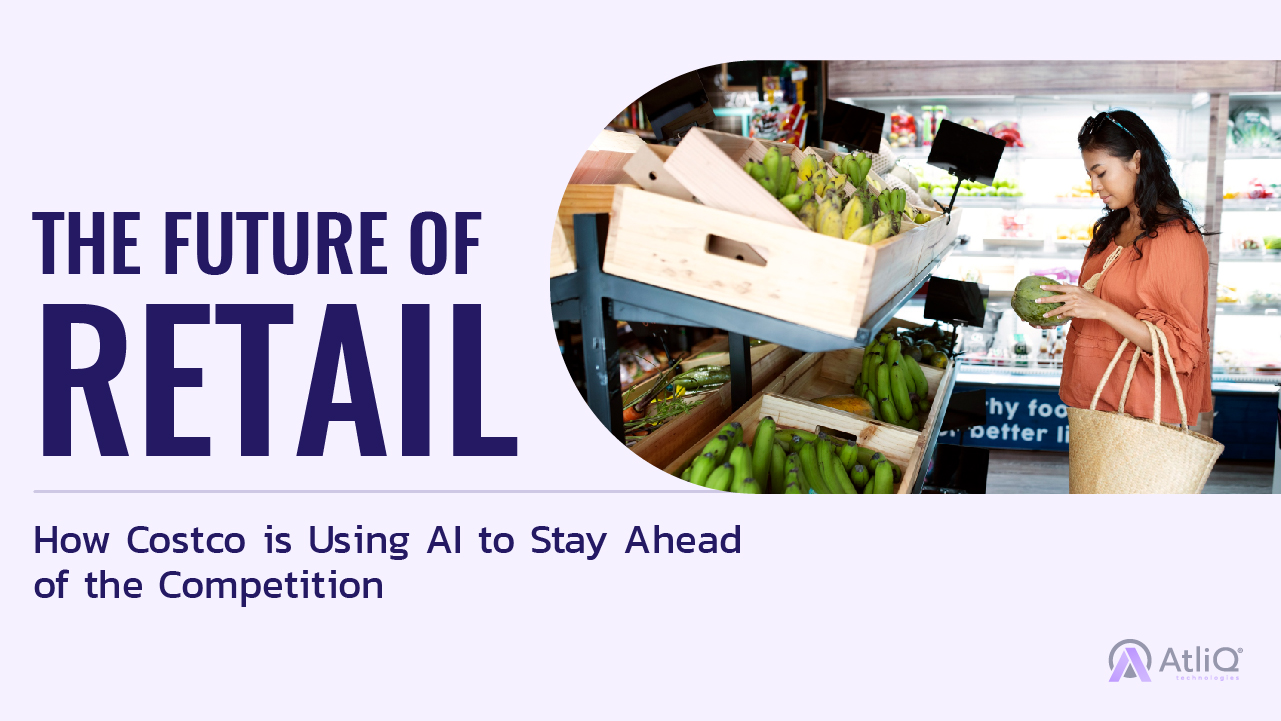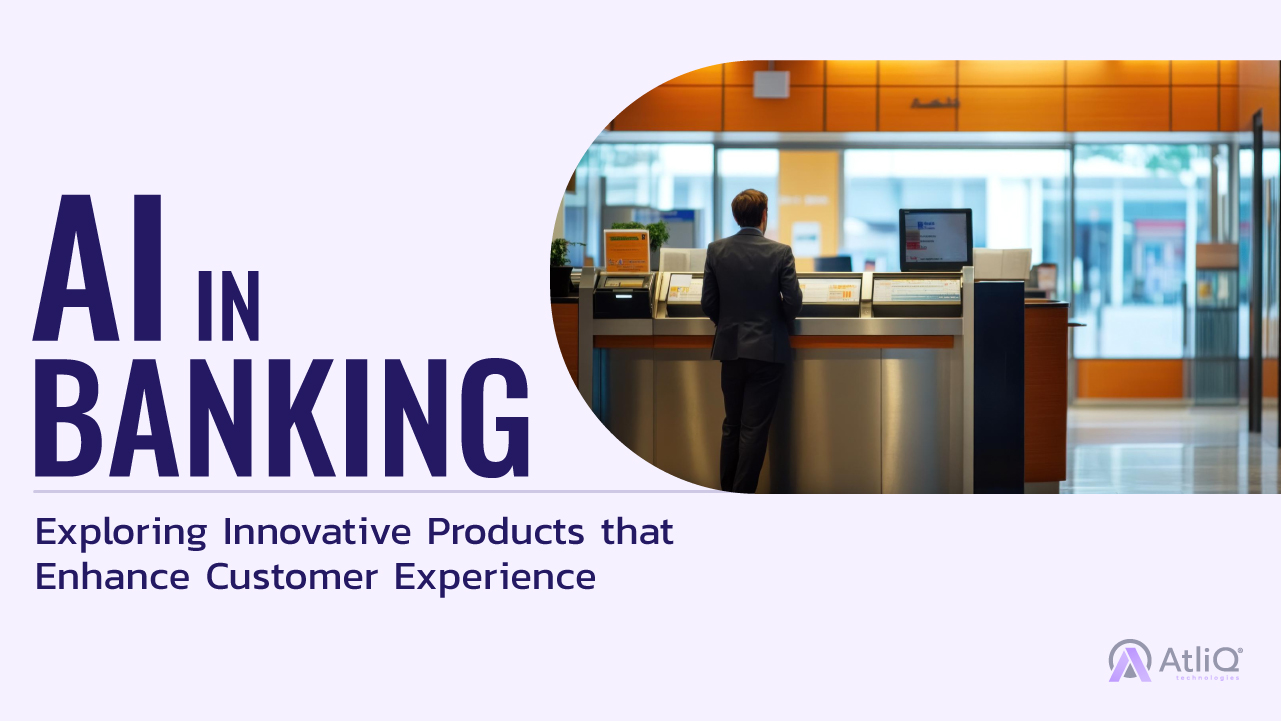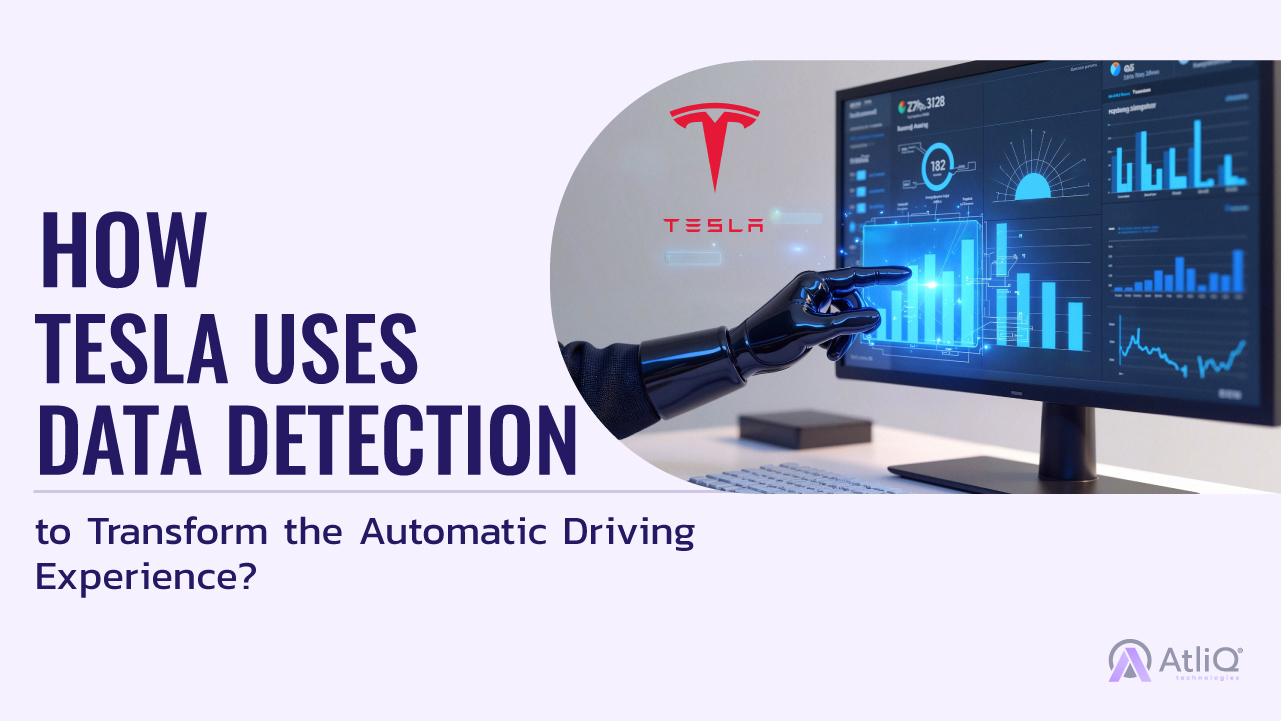
Imagine a supermarket that knows your shopping habits better than your spouse. It tailors its offerings to your specific needs, from stocking your favorite local brand of milk to suggesting the perfect recipe based on your past purchases.
Tesco, like many other retailers, has been facing a dynamic landscape. Consumers are increasingly shifting towards online grocery shopping and seeking convenient options like smaller, neighborhood stores.
But how do they ensure this strategic shift isn’t just a shot in the dark? The answer lies in a treasure trove of data they’ve meticulously collected and analyzed. Buckle up as we dive into the fascinating world of Tesco’s data-driven approach and discover how they’re using it not just to survive, but thrive, in the ever-evolving retail landscape.
Tesco’s Data Strategy: A Deep Dive
Tesco’s data strategy isn’t just a collection of tools; it’s a well-oiled machine meticulously designed to gather, analyze, and transform vast amounts of information into actionable insights.
Imagine a multi-layered cake, each layer representing a different type of data Tesco collects. Here’s what goes into each layer:
- Transaction Layer: This forms the base, capturing every swipe of a Clubcard and every scanned product at checkout. It’s the bread-and-butter data, revealing what customers buy, how often, and for how much.
- Loyalty Layer: This adds a layer of richness, with the Clubcard program capturing demographic information, purchase history, and even preferences gleaned from surveys and past interactions. Imagine it like the icing, adding details to the basic purchase data.
- Sensor Layer: This layer goes beyond the checkout, incorporating data from sensors strategically placed throughout Tesco stores. These sensors anonymously track customer movement, dwell times in specific sections, and even queue lengths. Think of it as the sprinkles, providing insights into how customers navigate the physical space.
- External Data Layer: This final layer incorporates information beyond Tesco’s walls. It includes weather patterns, local demographics, and even social media trends. This layer, like the cherry on top, provides context and allows Tesco to understand its customers within the broader environment.

Data Analysis: Transforming Raw Data into Actionable Insights
Now, imagine taking this multi-layered cake and applying sophisticated analytical techniques to extract its essence. Here’s how Tesco goes about it:
- Machine Learning: This powerful technique acts like a culinary expert, analyzing vast amounts of data to identify patterns and trends in customer behavior. It helps Tesco predict future purchases and preferences, allowing them to anticipate customer needs and cater to them proactively.
- Customer Segmentation: Imagine dividing the cake into slices, each representing a different customer group. This is what customer segmentation does, grouping customers based on their similarities in demographics, purchase behavior, and preferences. This allows Tesco to tailor their offerings and marketing strategies to each segment, ensuring a more relevant and personalized experience.
- Predictive Analytics: This is like having a crystal ball in the kitchen. By analyzing past sales data and incorporating external factors, Tesco utilizes predictive analytics to anticipate demand for specific products. This helps them optimize inventory management, preventing stockouts and overstocking, and ensuring shelves are always well-stocked with what customers need.
Unlocking Customer Insights: The Sweet Rewards of Data
By combining these data collection and analysis techniques, Tesco unlocks a treasure trove of customer insights. Imagine the cake transformed into a delicious and informative dessert:
- Understanding Preferences: Tesco can identify popular products, preferred brands, and even shopping habits based on factors like the day of the week or time of day. This allows them to curate product offerings and personalize promotions accordingly.
- Predicting Needs: Going beyond basic preferences, Tesco can anticipate what customers might need next. This could be anything from suggesting recipe ingredients based on past purchases to highlighting upcoming seasonal items relevant to local weather patterns.
- Personalizing the Experience: Imagine a personalized cake decoration – that’s what Tesco aims for with its targeted marketing campaigns. By leveraging data, they can recommend relevant products and promotions through in-store signage, online advertising, and even personalized emails.
- Optimizing Operations: Data doesn’t just inform marketing strategies; it also helps Tesco improve store operations. By analyzing sensor data and customer preferences, they can optimize shelf layouts, staffing levels, and even product placement to create a smoother and more efficient shopping experience.
Tesco’s data strategy is a constantly evolving recipe, with the company continuously refining its approach and adding new ingredients as technology and customer needs change. This commitment to data-driven decision-making is the key ingredient powering their strategic “tilt” and ensuring they remain a frontrunner in the ever-evolving retail landscape.

Managing the Tilt with Data: How Tesco Uses Insights to Navigate Its Strategic Shift
Tesco’s strategic “tilt” isn’t just a change in direction; it’s a carefully orchestrated maneuver powered by the engine of data. Let’s explore how Tesco leverages specific data-driven strategies to navigate this shift and optimize its operations across different channels:
Optimizing Online Grocery Operations: Data-Driven Decisions for Seamless Delivery
- Product Selection: By analyzing customer purchase data and online browsing behavior, Tesco tailors its online grocery selection to reflect local preferences and popular choices. This ensures customers can find their everyday essentials and discover new favorites, all from the comfort of their homes.
- Dynamic Pricing: Tesco leverages data on competitor pricing, product demand, and local demographics to optimize online grocery prices. This ensures they remain competitive while maintaining healthy profit margins.
- Delivery Efficiency: Data from past deliveries, including delivery times and customer feedback, is used to optimize delivery routes and schedules. This not only reduces delivery costs but also improves the overall customer experience by ensuring timely and efficient deliveries.
Example: Imagine a neighborhood in Ireland with a high concentration of young professionals. Analyzing online purchase data reveals a rising demand for ready-to-eat meals and meal kits. Tesco uses this insight to expand its online grocery selection in this area, offering a wider variety of convenient meal options. Additionally, based on historical delivery data, it might optimize delivery routes in this area to ensure faster delivery times, catering to the busy lifestyles of its residents.
Tailoring Product Offerings in Convenience Stores: Understanding Local Needs for a Relevant Assortment
- Micro-targeting: Tesco utilizes customer loyalty program data and local demographic information to understand the specific needs and preferences of each convenience store’s customer base. This allows them to tailor product offerings to cater to local tastes and buying habits.
- Dynamic Inventory Management: By analyzing in-store sensor data and past sales information, Tesco can dynamically adjust inventory levels in each convenience store. This ensures they have the right products on the shelves at the right time, minimizing stockouts and overstocking, especially for high-demand seasonal items.
Example: A Tesco Express store located near a busy office complex might leverage data to stock a wider selection of grab-and-go lunch options like pre-made sandwiches and salads. Additionally, analyzing sensor data might reveal longer customer dwell times in the beverage section during the afternoon, prompting them to optimize shelf space for these high-demand items during peak hours.
Personalizing Marketing Campaigns: Targeted Offers for a More Engaging Customer Experience
- Segmentation-based Marketing: By segmenting customers based on their purchase history, demographics, and online behavior, Tesco can create targeted marketing campaigns with personalized offers and promotions. This ensures customers receive relevant information about products they are likely to be interested in, increasing engagement and conversion rates.
- Real-time Recommendations: Leveraging data from a customer’s current online shopping cart or past purchases, Tesco can offer real-time product recommendations for complementary items or recipe suggestions. This personalized touch can nudge customers towards additional purchases and enhance their overall shopping experience.
Example: A customer browsing the Tesco online grocery store might see personalized recipe recommendations based on the ingredients they have already added to their cart. Additionally, a Clubcard member who frequently purchases organic produce might receive targeted email promotions highlighting special offers on organic fruits and vegetables.

The Impact of Data-Driven Decision-Making: A Recipe for Success
Tesco’s commitment to data-driven decision-making has yielded significant results, proving its value as a strategic tool for navigating the dynamic retail landscape. Here’s a closer look at the positive impacts:
- Increased Customer Satisfaction and Loyalty: By leveraging data to personalize the shopping experience, cater to local needs, and ensure timely deliveries, Tesco has fostered increased customer satisfaction and loyalty. This translates to repeat business, positive word-of-mouth, and a stronger brand reputation.
- Improved Operational Efficiency: From optimizing online grocery deliveries to dynamically managing inventory in convenience stores, data-driven insights have allowed Tesco to streamline its operations. This translates to reduced costs, increased efficiency, and ultimately, a healthier bottom line.
- Enhanced Profitability: By tailoring product offerings, optimizing pricing strategies, and minimizing stockouts, Tesco has been able to enhance its profitability. Data-driven decision-making ensures they are maximizing resources and making informed choices that drive business growth.
However, it’s important to acknowledge the potential drawbacks of relying heavily on data.
- Privacy Concerns: Balancing data-driven insights with ensuring customer privacy is crucial. Tesco needs to be transparent about its data collection practices and implement robust security measures to build trust with its customers.
- Over-reliance on Data: While data is a valuable tool, over-reliance can lead to overlooking other important factors like human intuition and creativity. Maintaining a balanced approach is key to making sound business decisions.
Tesco’s data-driven “tilt” serves as a compelling blueprint for navigating the ever-evolving retail landscape. Their story isn’t just about spreadsheets and algorithms; it’s a testament to the power of harnessing insights to create a seamless and personalized customer experience. As technology continues to evolve and consumer habits shift, one thing remains certain: data will continue to be the compass guiding Tesco, and the entire retail industry, towards a future of innovation and customer-centricity.
This journey doesn’t end here. Imagine the next chapter: AI-powered recommendations suggesting the perfect meal based on your pantry and weather forecast, or dynamic pricing that adjusts in real-time based on local demand and competitor fluctuations. These possibilities, once science fiction, are edging closer to reality, fueled by the ever-growing treasure trove of data.
While ethical considerations and responsible data usage remain paramount, Tesco’s story demonstrates the tremendous potential of data-driven decision-making. As we move forward, let’s embrace the possibilities while ensuring ethical and responsible practices remain at the forefront, paving the way for a future where data empowers retailers – and ultimately, empowers customers – to thrive in a dynamic and ever-changing world.


